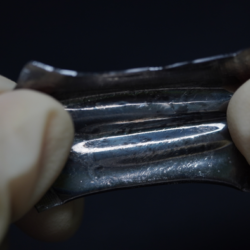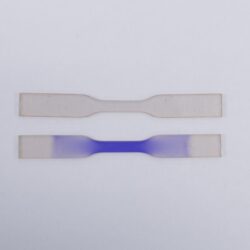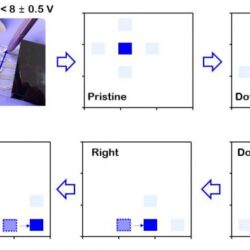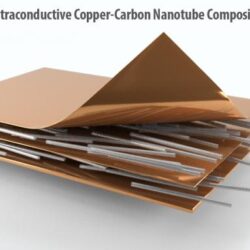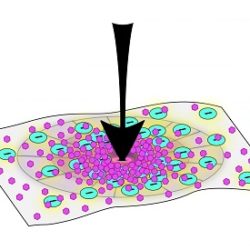Advancing Together EU and Japan Launch Dialogue on Cutting-Edge Materials
The EU and Japan will work together on developing new materials used in critical sectors of the economy. Cementing close collaboration in research and innovation, Iliana Ivanova, Commissioner for Innovation, Research, Culture, Education and Youth, and Hiroki Matsuo, Vice-Minister for Science, Technology and Innovation Policy, Cabinet Office, announced the launch of the EU-Japan Enhanced Dialogue on Read more about Advancing Together EU and Japan Launch Dialogue on Cutting-Edge Materials[…]




